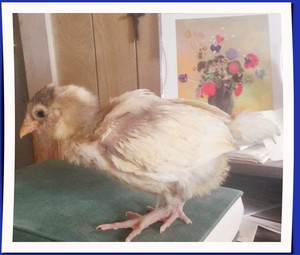02 Aug Tue 2016
Why you should bag your clippings
If you let your grass clippings on the soil, eventually the grass will trun to thatch. This article, at the end, and most who advocate that practice, ignore that problem. Instead, bag it, and compost it and everyone will be happier.
How to Prepare and Use Compost
Remove grass and sod cover from the area where you construct your compost pile to allow direct contact of the materials with the soil's microorganisms. This recipe works well.
- 1st layer: 3-4 inches of chopped brush or other coarse material on the very bottom, touching the soil surface.
- This material allows air circulation around the base of the heap.
- 2nd layer: 6-8 inches of mixed scraps, leaves, grass clippings, etc.
- Materials should be “sponge damp.”
- In composting too much water is a major reason for its failure. Less is more with composting and water.
- 3rd layer: 1 inch of soil serves as an inoculant by adding microorganisms to the heap.
- 4th layer: (optional) 2-3 inches of manure or coffee grounds, to provide the nitrogen needed by microorganisms.
- Sprinkle lime from the garden center, wood ash, and/or rock phosphate over the layer of manure to reduce the heap’s acidity.
- Add water if the manure is dry.
- Add one pound of urea fertilizer or 10 pounds of composted poultry manure per yard of leaves or ground brush if organic sources of nitrogen are not available.
- 5th layer: Repeat steps 1-4 until the bin is full. Put a tarp on it, to help heat up the process and keep water out.
Suki
03:25 PM EDT
Comments:

